#City and Architecture
Text

Stilizzato ©Tiziana Loiacono
#photographers on tumblr#reflection#conceptual#street photography#portrait#urban exploration#abstract#city and architecture#people#cityscape#rain
326 notes
·
View notes
Photo
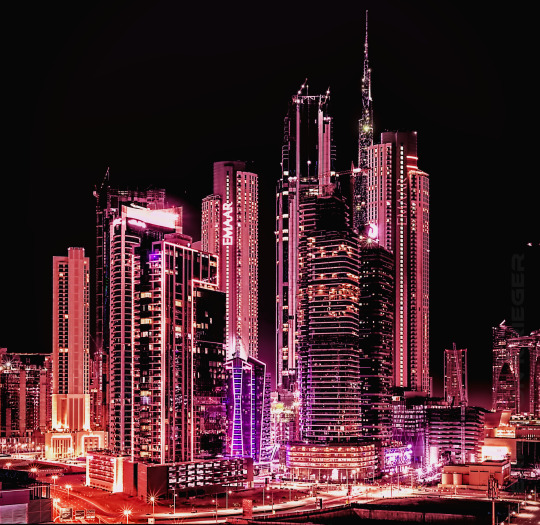
Future World II
Scintillating lights cut through the darkness, the radiance of Downtown Dubai.
#Original Photographer#Photographers on tumblr#Night Photography#Photos with Nifty-Fifty#50mm#Bright#Lights#City by night#Dubai#downtown dubai#downtown#UAE#Emirates#Photographer#Photography#Passion for Photography#Photographer on tumblr#Architecture#city and architecture#Lovely night view#City lights#Big city lights#Buildings#Skyscrapers#Night City#Dubai Nights#Arabian#Arabian Nights#Glow#Glowing
146 notes
·
View notes
Text
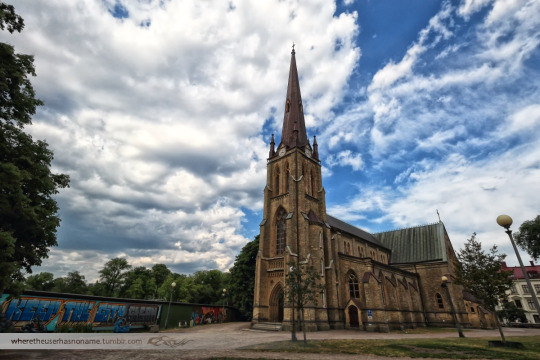
Haga kyrka
#lensblr#imiging#canon eos 600d#photographers on tumblr#original photographers#city and architecture#goteborg#cathedral
4 notes
·
View notes
Photo

7 notes
·
View notes
Text
A concrete jungle, amidst a sea of greenery. 🍃


#san fransisco lovers#city#urban photography#photography#city and architecture#city aesthetic#plant photography
2 notes
·
View notes
Text
"With “green corridors” that mimic the natural forest, the Colombian city is driving down temperatures — and could become five degrees cooler over the next few decades.
In the face of a rapidly heating planet, the City of Eternal Spring — nicknamed so thanks to its year-round temperate climate — has found a way to keep its cool.
Previously, Medellín had undergone years of rapid urban expansion, which led to a severe urban heat island effect — raising temperatures in the city to significantly higher than in the surrounding suburban and rural areas. Roads and other concrete infrastructure absorb and maintain the sun’s heat for much longer than green infrastructure.
“Medellín grew at the expense of green spaces and vegetation,” says Pilar Vargas, a forest engineer working for City Hall. “We built and built and built. There wasn’t a lot of thought about the impact on the climate. It became obvious that had to change.”
Efforts began in 2016 under Medellín’s then mayor, Federico Gutiérrez (who, after completing one term in 2019, was re-elected at the end of 2023). The city launched a new approach to its urban development — one that focused on people and plants.
The $16.3 million initiative led to the creation of 30 Green Corridors along the city’s roads and waterways, improving or producing more than 70 hectares of green space, which includes 20 kilometers of shaded routes with cycle lanes and pedestrian paths.
These plant and tree-filled spaces — which connect all sorts of green areas such as the curb strips, squares, parks, vertical gardens, sidewalks, and even some of the seven hills that surround the city — produce fresh, cooling air in the face of urban heat. The corridors are also designed to mimic a natural forest with levels of low, medium and high plants, including native and tropical plants, bamboo grasses and palm trees.
Heat-trapping infrastructure like metro stations and bridges has also been greened as part of the project and government buildings have been adorned with green roofs and vertical gardens to beat the heat. The first of those was installed at Medellín’s City Hall, where nearly 100,000 plants and 12 species span the 1,810 square meter surface.
“It’s like urban acupuncture,” says Paula Zapata, advisor for Medellín at C40 Cities, a global network of about 100 of the world’s leading mayors. “The city is making these small interventions that together act to make a big impact.”
At the launch of the project, 120,000 individual plants and 12,500 trees were added to roads and parks across the city. By 2021, the figure had reached 2.5 million plants and 880,000 trees. Each has been carefully chosen to maximize their impact.
“The technical team thought a lot about the species used. They selected endemic ones that have a functional use,” explains Zapata.
The 72 species of plants and trees selected provide food for wildlife, help biodiversity to spread and fight air pollution. A study, for example, identified Mangifera indica as the best among six plant species found in Medellín at absorbing PM2.5 pollution — particulate matter that can cause asthma, bronchitis and heart disease — and surviving in polluted areas due to its “biochemical and biological mechanisms.”
And the urban planting continues to this day.
The groundwork is carried out by 150 citizen-gardeners like Pineda, who come from disadvantaged and minority backgrounds, with the support of 15 specialized forest engineers. Pineda is now the leader of a team of seven other gardeners who attend to corridors all across the city, shifting depending on the current priorities...
“I’m completely in favor of the corridors,” says [Victoria Perez, another citizen-gardener], who grew up in a poor suburb in the city of 2.5 million people. “It really improves the quality of life here.”
Wilmar Jesus, a 48-year-old Afro-Colombian farmer on his first day of the job, is pleased about the project’s possibilities for his own future. “I want to learn more and become better,” he says. “This gives me the opportunity to advance myself.”
The project’s wider impacts are like a breath of fresh air. Medellín’s temperatures fell by 2°C in the first three years of the program, and officials expect a further decrease of 4 to 5C over the next few decades, even taking into account climate change. In turn, City Hall says this will minimize the need for energy-intensive air conditioning...
In addition, the project has had a significant impact on air pollution. Between 2016 and 2019, the level of PM2.5 fell significantly, and in turn the city’s morbidity rate from acute respiratory infections decreased from 159.8 to 95.3 per 1,000 people [Note: That means the city's rate of people getting sick with lung/throat/respiratory infections.]
There’s also been a 34.6 percent rise in cycling in the city, likely due to the new bike paths built for the project, and biodiversity studies show that wildlife is coming back — one sample of five Green Corridors identified 30 different species of butterfly.
Other cities are already taking note. Bogotá and Barranquilla have adopted similar plans, among other Colombian cities, and last year São Paulo, Brazil, the largest city in South America, began expanding its corridors after launching them in 2022.
“For sure, Green Corridors could work in many other places,” says Zapata."
-via Reasons to Be Cheerful, March 4, 2024
#colombia#brazil#urban#urban landscape#urban planning#cities#civil engineering#green architecture#green spaces#urban heat#urban heat island effect#weather#meteorology#global warming#climate change#climate hope#climate optimism#climate emergency#climate action#environment#environmental news#city architecture#bicycling#native plants#biodiversity#good news#hope#solarpunk#ecopunk#hopepunk
12K notes
·
View notes
Text
Fuck hostile architecture, I want unhostile architecture. I want benches to be designed to be as easy as possible to sleep on. I want little places for pigeons to nest to be purposefully put on buildings. I want people designing public spaces to think about what they'd be like to skateboard on. I want "Please loiter" signs. I want people to be kind. I want...
#my thougts#196#words#hostile#hostile architecture#anti homeless architecture#architecture#desgin#homeless#leftist#leftism#praxis#urbanism#city design#socialism
36K notes
·
View notes
Photo

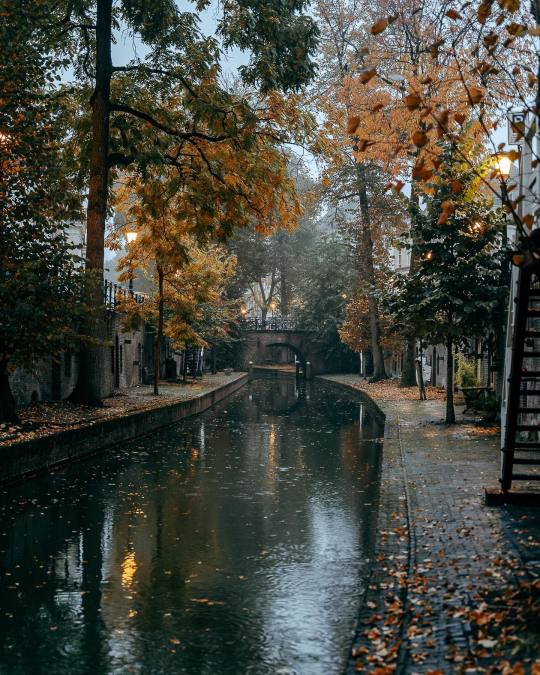
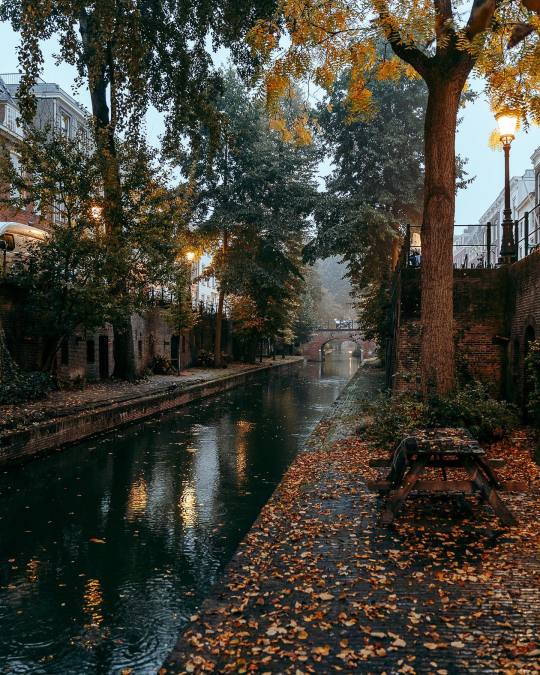
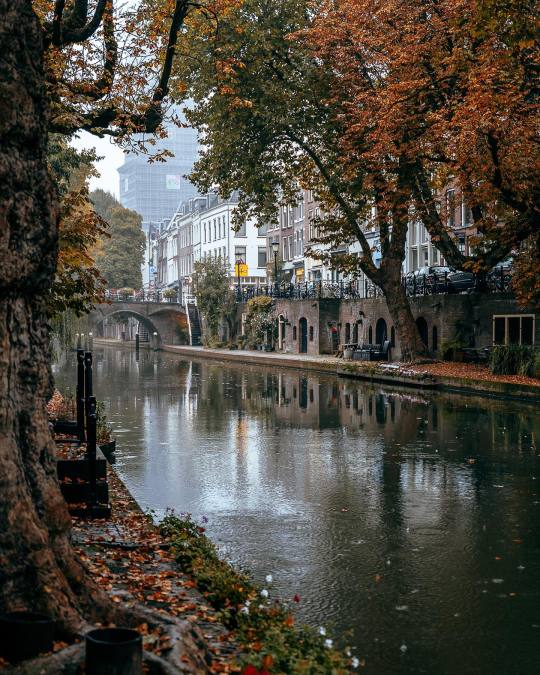
utrecht, the netherlands ⋅ ph. utrechtalive
#utrecht#the netherlands#netherlands#europe#utrechtalive#photo#photograph#photography#photographer#creator#travel#view#city#cityscape#autumn#fall#beauty#nature#architecture#canal#exterior#tourism#insta#instagram#twitter#tumblr#pinterest#blog#inspo#inspiration
59K notes
·
View notes
Text


by brittanyeliza.photo
#winter#wintercore#snow#new york#new your city#central park#architecture#exteriors#aesthetic#nature#naturecore#photography#curators on tumblr#up
8K notes
·
View notes
Text
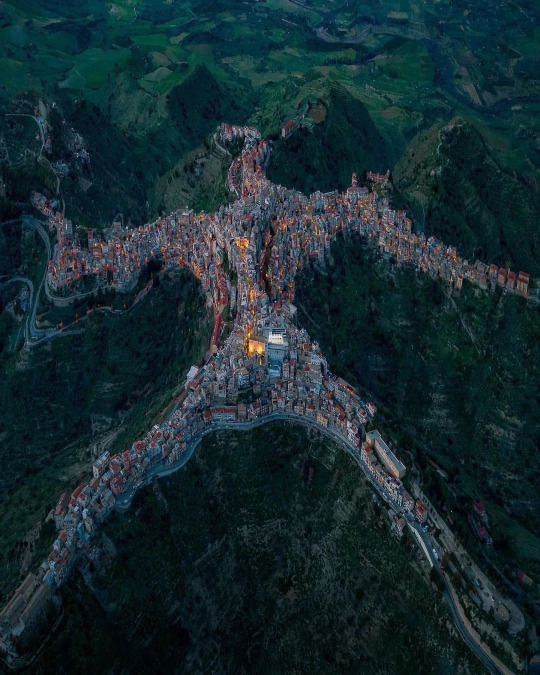
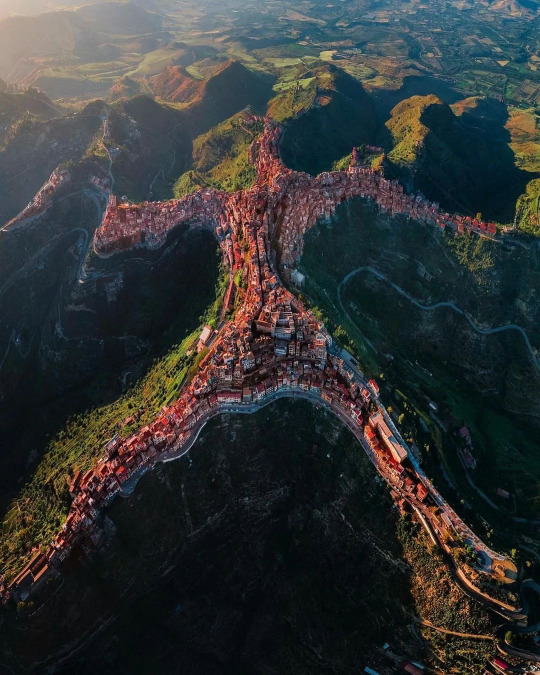
Centuripe, province in Enna, Sicily, Italy
#wowww#s...slenderman#nature#photography#aerial photography#cities#sicily#Italy#centuripe#enna#architecture#mountains#hills#cliffs#curators on tumblr#aesthetic#1k#10k
53K notes
·
View notes
Text
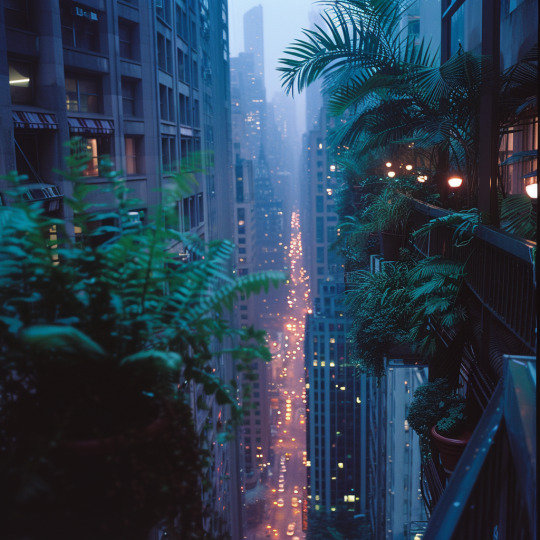
#Vaporwave#aesthetic#ai art#digital art#colors#lofi#nostalgia#retrowave#video game#concept art#art#dreamscape#unreality#vibes#dreamcore#liminal#evening#architecture#city#neonwave#liminal spaces#building#skyscraper#cityscape#night#cyberpunk#street#plants
6K notes
·
View notes
Text

Passeggiando in bicicletta ©Tiziana Loiacono
#photographers on tumblr#reflection#street photography#urban exploration#city and architecture#conceptual#people
414 notes
·
View notes
Photo

Visions From Another Dimension
Mighty skyscrapers towering, dominating the evening sky, as the golden yellow sun slowly makes the descent.
#Fine Art#Photography#Photographer#Photographer on tumblr#Photographers on tumblr#Original Photography#Original photographer on tumblr#Passion for Photography#Building#Buildings#Urban#City#City Skyline#Dubai#UAE#Cityscape#Architecture#City and architecture#Sunset#Beautiful Sunset#Stunning Sunset#Spectacular#Views from Dubai#Modern#Modern City#Verraton Krieger#Photo Art#Sea#Water#Orange Sky
89 notes
·
View notes
Text

Château St-Maire
#lensblr#imiging#canon eos 600d#photographers on tumblr#original photographers#Château St-Maire#lausanne#city and architecture
3 notes
·
View notes
Text


Nokstella, Eternal City
#elden ring#nokstella#eldenringedit#gamingedit#dailysoulsborne#tarnussygif#dark fantasy#mine#soulsborne#fromsoftware#gif#video game#dailygaming#gamingscenery#nokstella eternal city#architecture#these are supposed to be very sharp and crisp on most devices#though on some older phones they can look blurry (on mine too) because they are big. if that's the case open them up separately
5K notes
·
View notes
